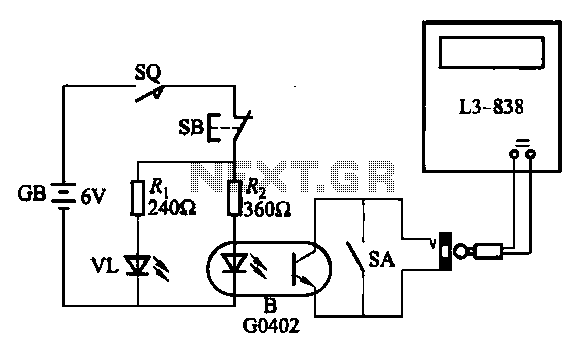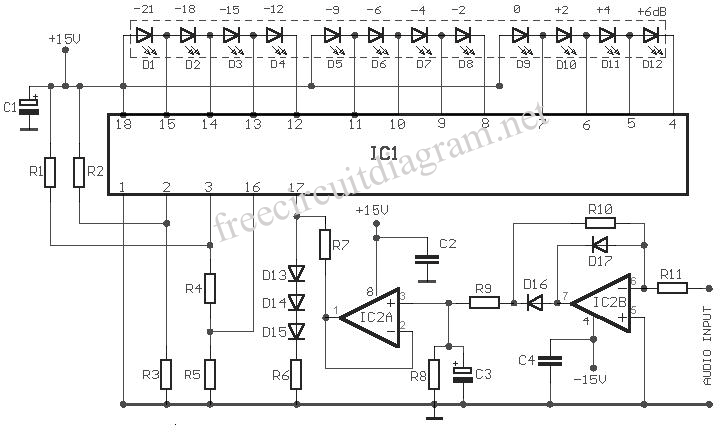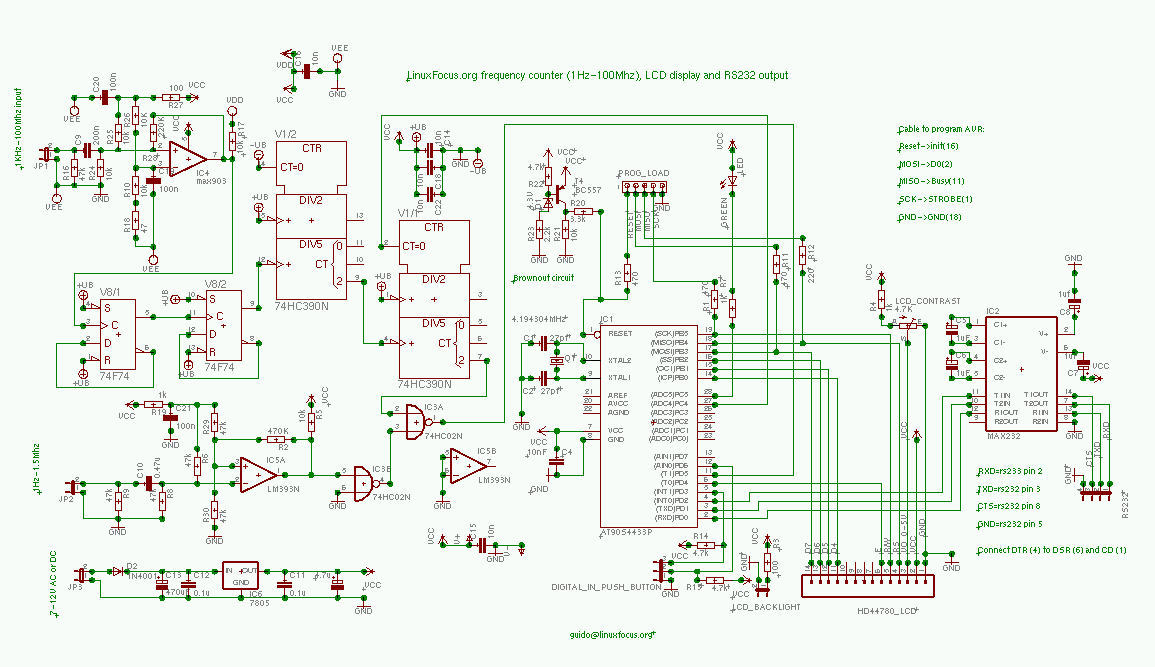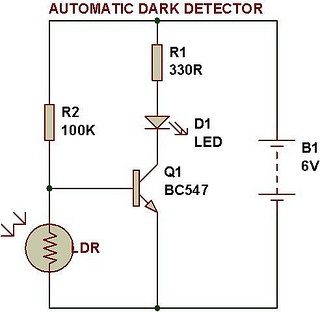
2-Wire LCD Interface using PIC16C84
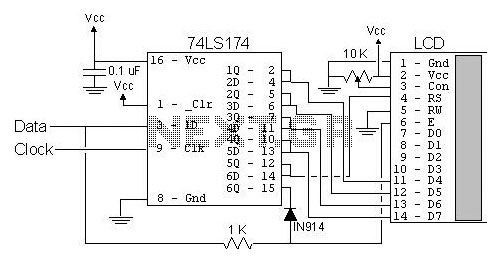
The most popular LCD interface is the Hitachi 44780 based LCD controller chip which provides a fairly easy to work with interface and low power consumption. The major drawback of the interface is the perceived complexity of working with the interface. This perception has been promoted by the lack of good (i.e. well translated) and accurate datasheets and web site information. More: Often the biggest stumbling block to using alphanumeric LCD displays is the number of pins required to control them. For the Hitachi 44780, twelve pins are required from the microcontroller to interface to the display for it to work in eight bit mode. For
The Hitachi 44780 LCD controller is a widely utilized component for interfacing alphanumeric LCD displays. It operates on a principle of controlling the display through a series of command and data signals sent from a microcontroller. The controller supports both 8-bit and 4-bit data modes, allowing flexibility in the number of I/O pins required for interfacing.
In 8-bit mode, twelve pins are necessary: eight for data transmission (D0 to D7), three for control signals (Register Select, Read/Write, and Enable), and one for ground. The data lines are used to send commands and display data, while the control lines manage the operation of the LCD. The Register Select pin determines whether the data being sent is command data or character data, the Read/Write pin indicates the direction of data flow, and the Enable pin triggers the execution of the command or data written to the display.
In 4-bit mode, only six pins are required, which can be advantageous in applications where pin count is critical. This mode involves sending data in two nibbles (4 bits each), thus reducing the number of required connections. The same control signals are used, but the data is sent in a staggered manner, which can complicate programming but allows for a more efficient use of microcontroller resources.
The power consumption of the Hitachi 44780 is relatively low, making it suitable for battery-operated devices. However, the perceived complexity in interfacing arises from the need for precise timing and command sequences, which can be daunting for less experienced engineers. Proper initialization sequences and understanding of the command set are essential for effective use of the controller.
Documentation and datasheets, while available, may not always provide clear guidance, leading to difficulties in implementation. It is recommended to refer to multiple sources and community forums for practical examples and troubleshooting advice. Overall, the Hitachi 44780 remains a staple in LCD applications due to its balance of functionality and accessibility, despite the challenges associated with its use.The most popular LCD interface is the Hitachi 44780 based LCD controller chip which provides a fairly easy to work with interface and low power consumption. The major drawback of the interface is the perceived complexity of working with the interface. This perception has been promoted by the lack of good (i.e. well translated) and accurate datasheets and web site information. Often the biggest stumbling block to using alphanumeric LCD displays is the number of pins required to control them. For the Hitachi 44780, twelve pins are required from the microcontroller to interface to the display for it to work in eight bit mode.
For 🔗 External reference
The Hitachi 44780 LCD controller is a widely utilized component for interfacing alphanumeric LCD displays. It operates on a principle of controlling the display through a series of command and data signals sent from a microcontroller. The controller supports both 8-bit and 4-bit data modes, allowing flexibility in the number of I/O pins required for interfacing.
In 8-bit mode, twelve pins are necessary: eight for data transmission (D0 to D7), three for control signals (Register Select, Read/Write, and Enable), and one for ground. The data lines are used to send commands and display data, while the control lines manage the operation of the LCD. The Register Select pin determines whether the data being sent is command data or character data, the Read/Write pin indicates the direction of data flow, and the Enable pin triggers the execution of the command or data written to the display.
In 4-bit mode, only six pins are required, which can be advantageous in applications where pin count is critical. This mode involves sending data in two nibbles (4 bits each), thus reducing the number of required connections. The same control signals are used, but the data is sent in a staggered manner, which can complicate programming but allows for a more efficient use of microcontroller resources.
The power consumption of the Hitachi 44780 is relatively low, making it suitable for battery-operated devices. However, the perceived complexity in interfacing arises from the need for precise timing and command sequences, which can be daunting for less experienced engineers. Proper initialization sequences and understanding of the command set are essential for effective use of the controller.
Documentation and datasheets, while available, may not always provide clear guidance, leading to difficulties in implementation. It is recommended to refer to multiple sources and community forums for practical examples and troubleshooting advice. Overall, the Hitachi 44780 remains a staple in LCD applications due to its balance of functionality and accessibility, despite the challenges associated with its use.The most popular LCD interface is the Hitachi 44780 based LCD controller chip which provides a fairly easy to work with interface and low power consumption. The major drawback of the interface is the perceived complexity of working with the interface. This perception has been promoted by the lack of good (i.e. well translated) and accurate datasheets and web site information. Often the biggest stumbling block to using alphanumeric LCD displays is the number of pins required to control them. For the Hitachi 44780, twelve pins are required from the microcontroller to interface to the display for it to work in eight bit mode.
For 🔗 External reference
